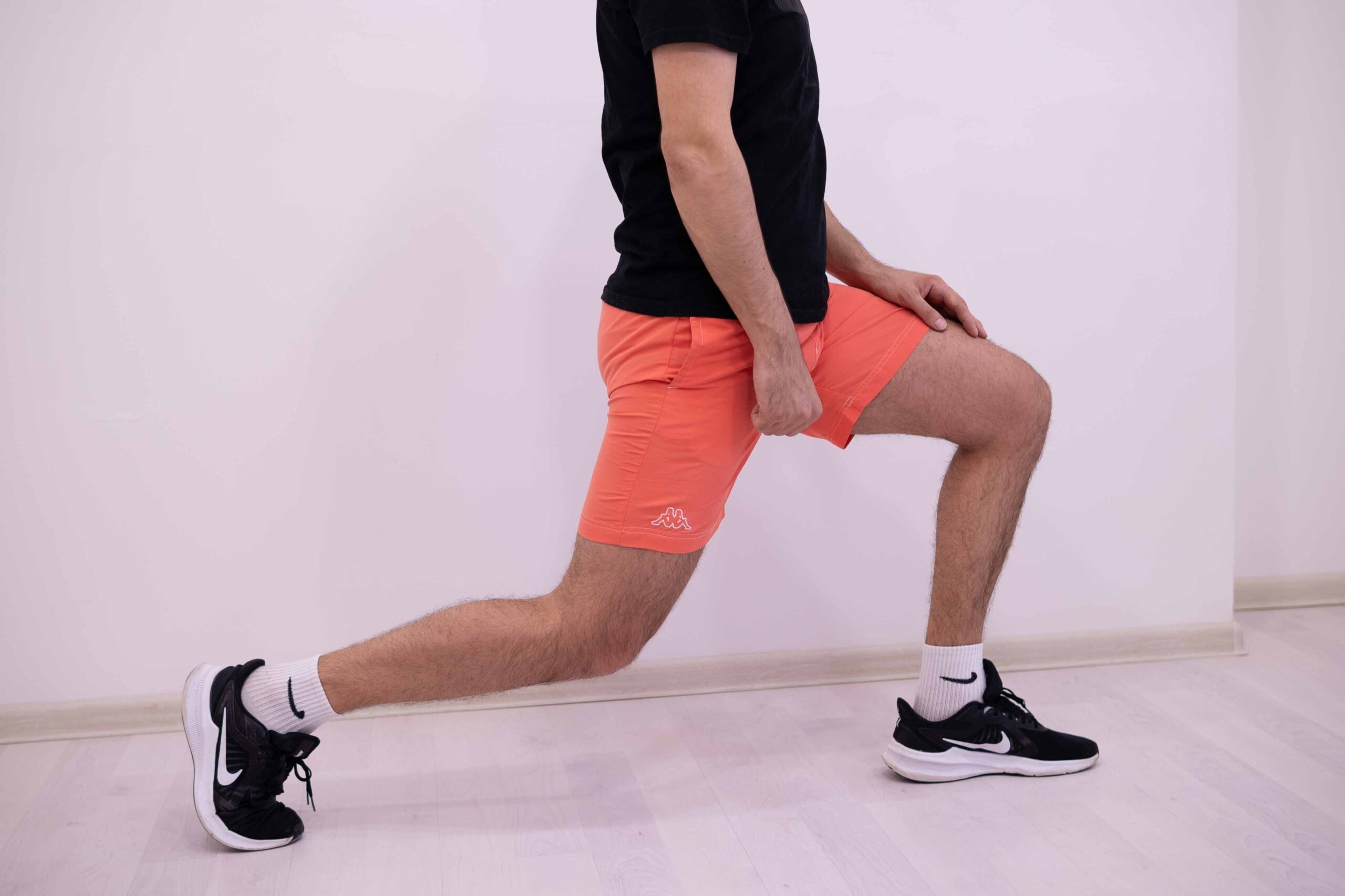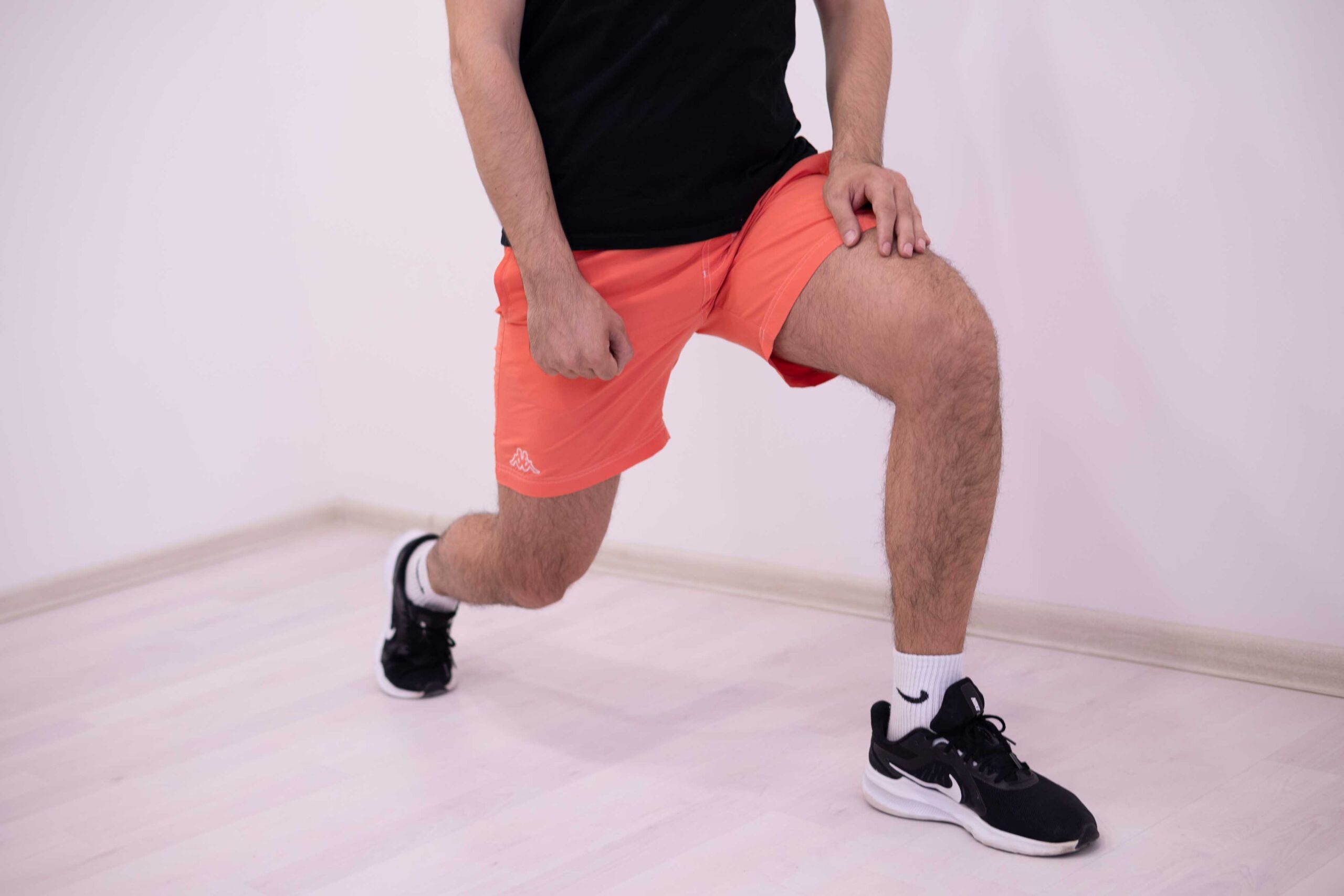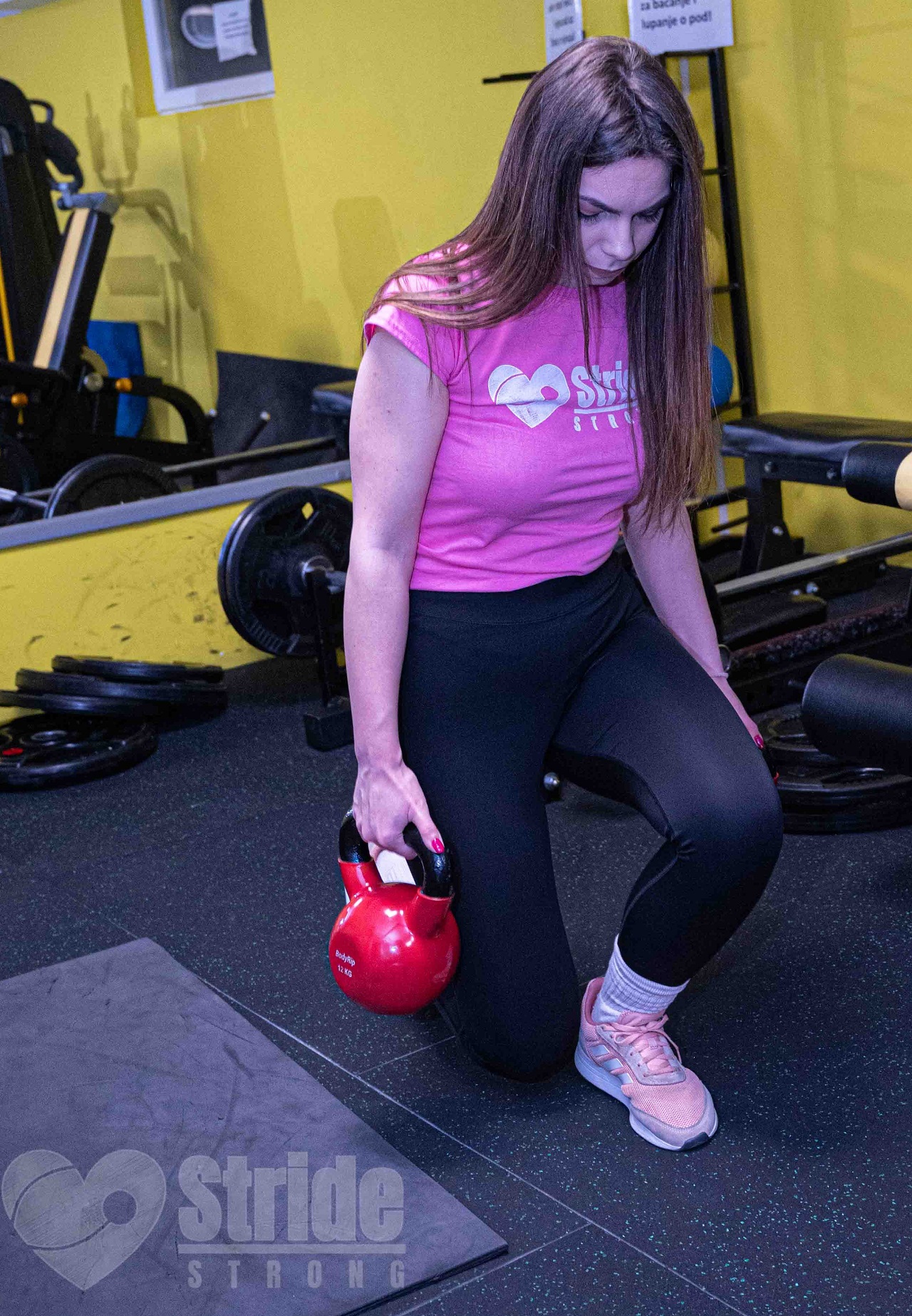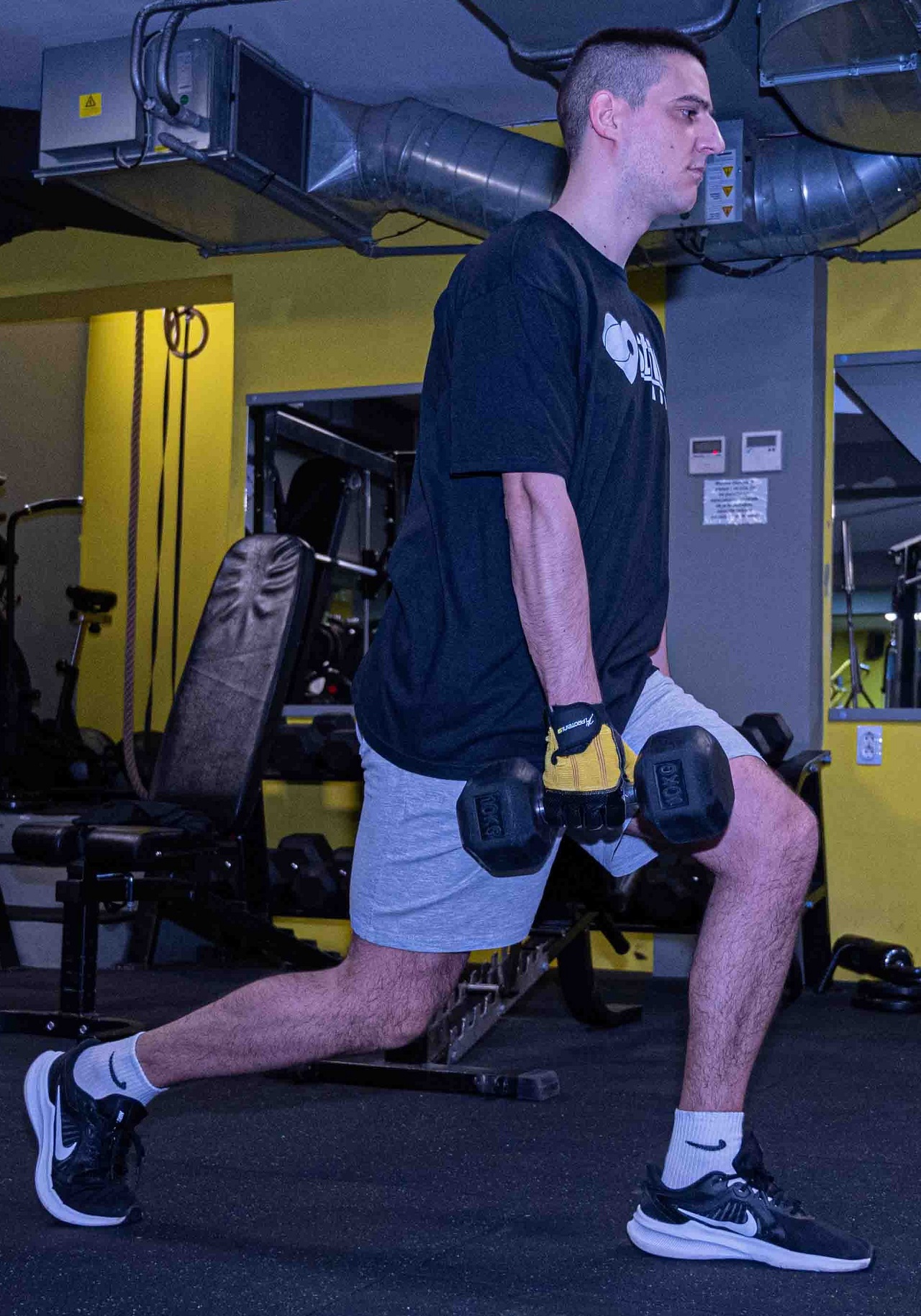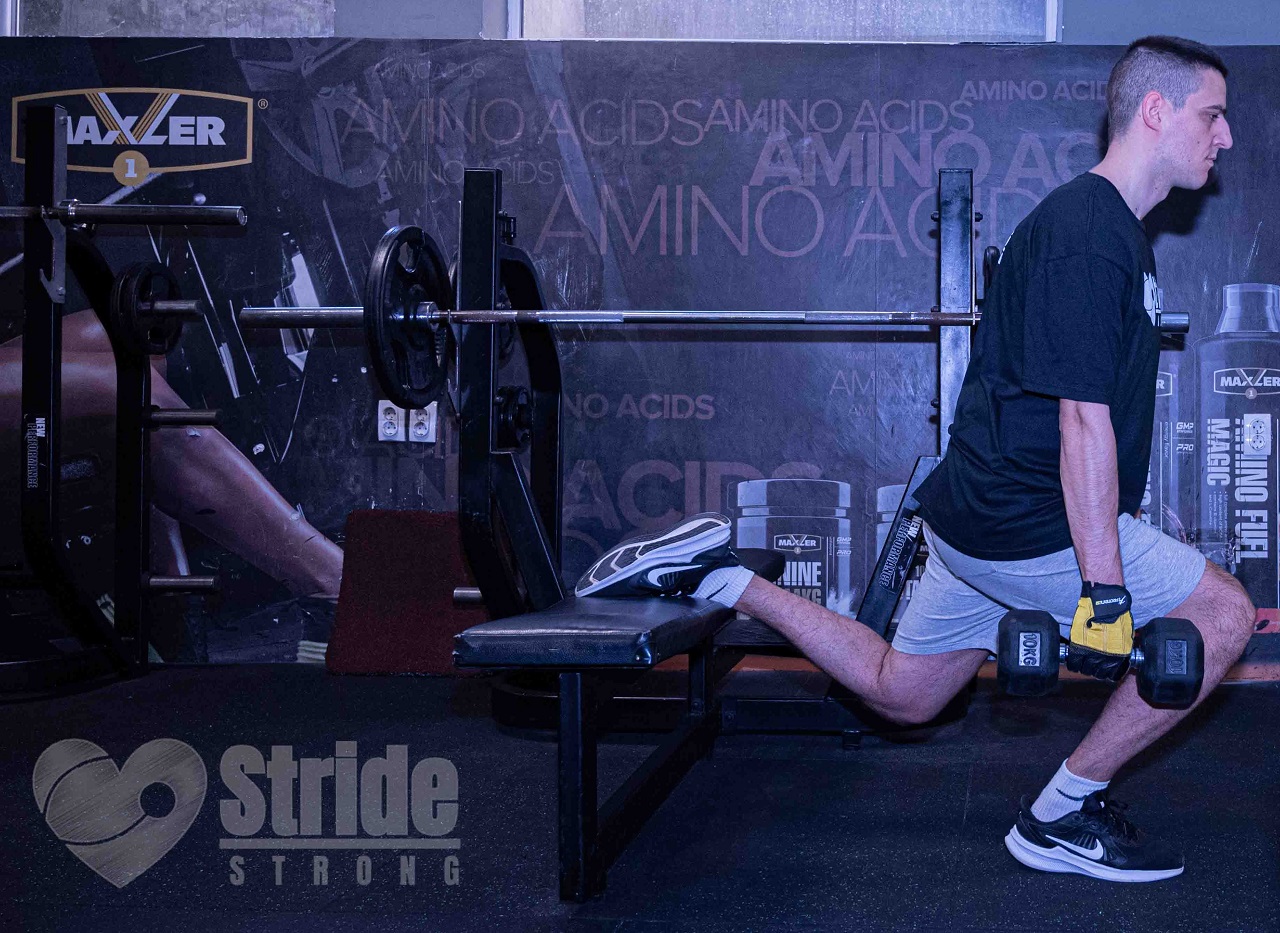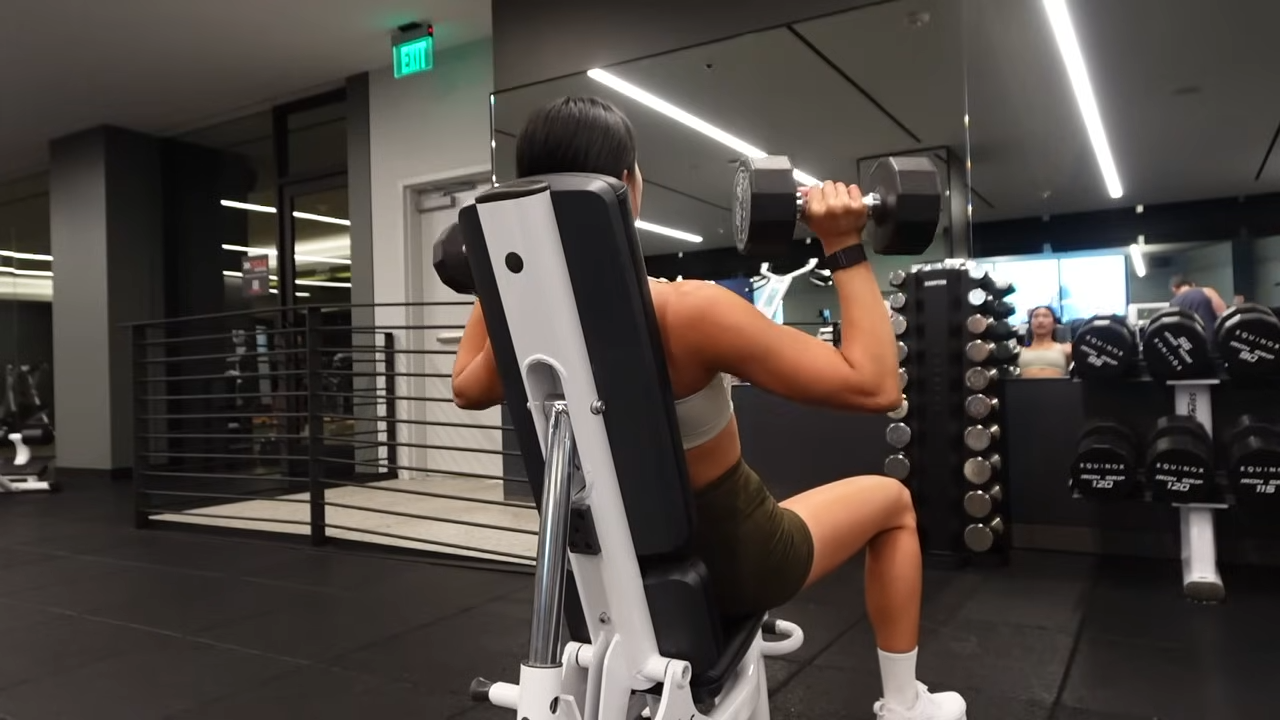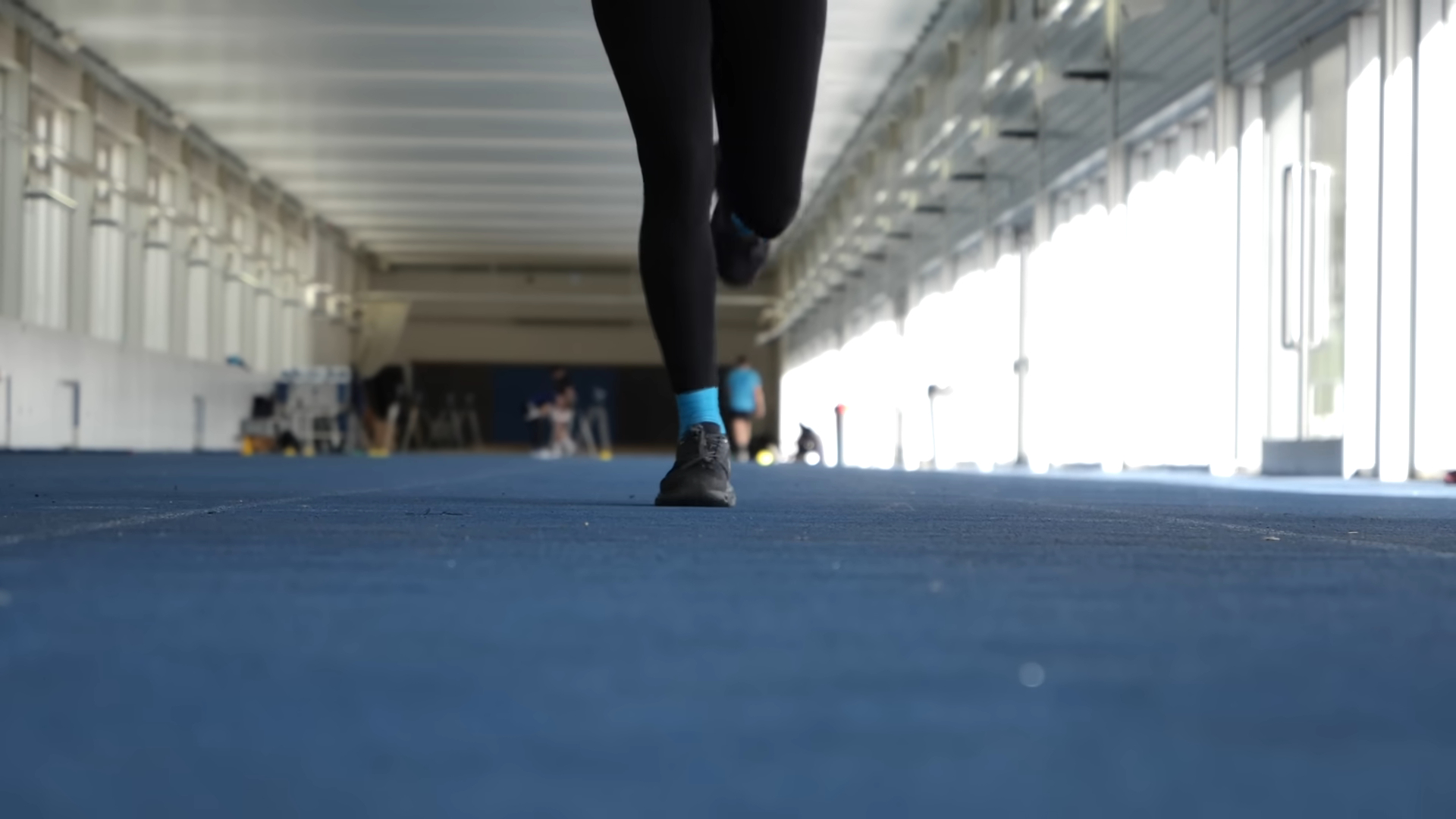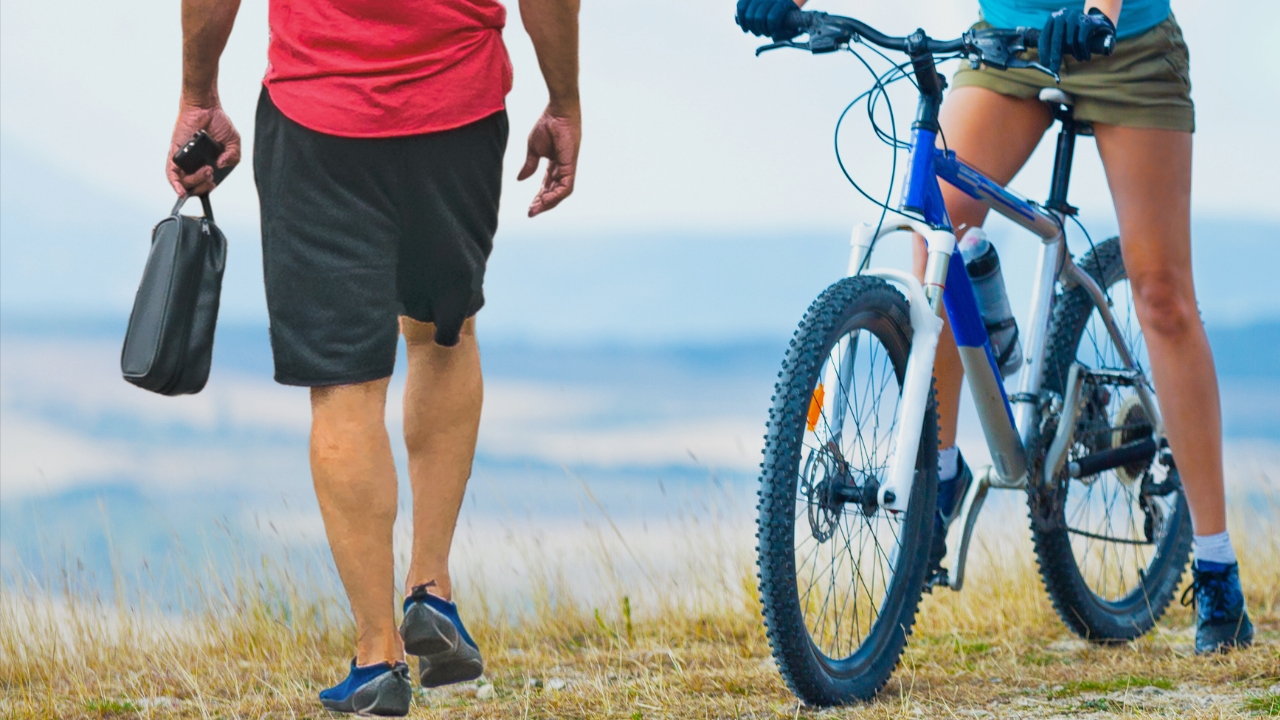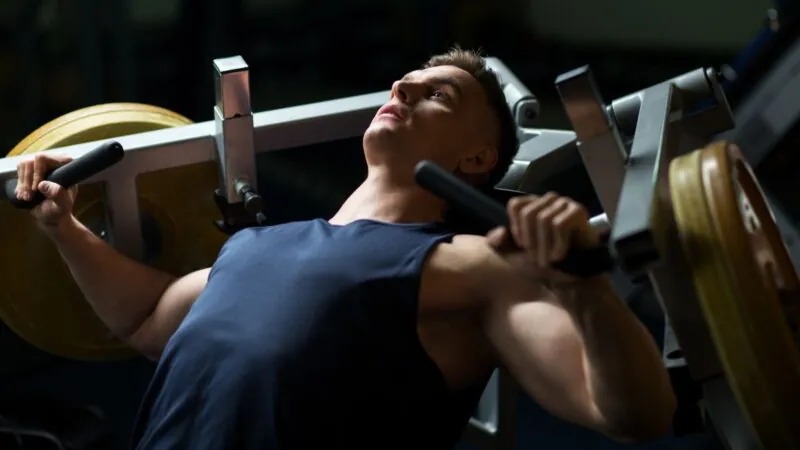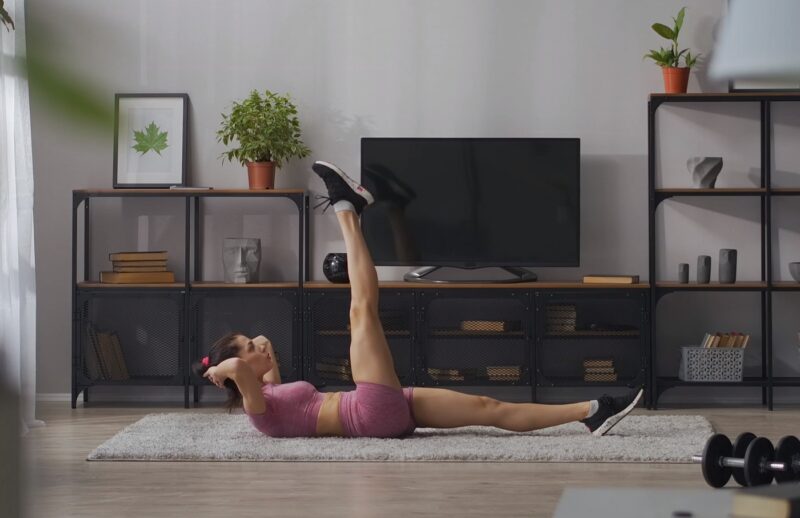Lunges are one of the most popular lower-body exercises, often a part of strength training and HIIT workouts.
I made them a part even of my daily stretching routines. The move is lauded for its ability to activate several muscles in your legs, from the quads to the hamstrings and glutes.
But do they actually make your thighs bigger?
Can You Get Bigger Thighs With Lunges?
To answer the pressing question: Yes, lunges can make your thighs bigger, but this largely depends on how you perform them, your genetic predisposition, and your overall training and dietary habits.
If your goal is hypertrophy or bigger thighs, using weighted lunges with other compound lower-body exercises, and ensuring adequate protein intake, will optimize results.
I know that this process takes more time, but in the end, your consistency will pay off, trust me.
On the other hand, if you’re looking for toned thighs without a significant increase in size, focus on bodyweight lunges with higher reps.
A study conducted in 2009, headed by Sven Jönhagen, was a prospective, randomized, 6-week training study that included 32 soccer players. These players added forward lunge exercises to their ordinary soccer training twice a week. [1]
The research compared two types of lunges:
- Walking lunges, which improves hamstring strength.
- Jumping lunges, which enhanced the athletes’ sprint running capabilities.
The effectiveness of the exercises was measured through maximal hamstring and quadriceps strength tests, functional tests (such as 1-leg hop tests and 30-m sprint runs), and pain evaluation using a visual analogue scale and algometer readings.
The results indicated that while walking lunges significantly increased hamstring strength, jumping lunges were more beneficial in improving sprint performance.
While this is a 15-year old study, its results are quite indicative regarding what can be achieved about significant thighs growth via using lunges.
Surely, there are more modern studies, but I strongly believe this one is particularly useful for beginners to understand what they can achieve if they work persistently.
Here are the muscles stimulated in this process:
| Muscle Group | Primary Functions |
|---|---|
| Quadriceps | Extending the knee; essential in walking, running, jumping, squatting |
| Hamstrings | Bending the knee, extending the hip; important for running, jumping, climbing |
| Glutes | Hip extension, abduction, external and internal rotation; stabilizing hip and pelvis |
| Calves | Elevating the heel, controlling ankle movement; vital for walking, running, jumping |
Muscle Growth & Hypertrophy
Hypertrophy is the process by which our muscles grow in size. Two main factors contribute to muscle hypertrophy:
- It is the amount of force produced in the muscle. Heavy weightlifting causes high mechanical tension, stimulating muscle growth.
- Engaging in unfamiliar exercises or increasing workout intensity can lead to small, micro-tears in muscle fibers.
So, to determine if lunges make thighs bigger, we need to understand how they contribute to these two factors.
Lunges & Mechanical Tension
Lunges, especially when loaded with weights like dumbbells or barbells, definitely apply mechanical tension to the thigh muscles.
The act of lowering and raising your body engages the quads and hamstrings, providing resistance and subsequently encouraging muscle growth.
The degree of tension is often less than other lower-body exercises like squats or deadlifts, especially when lunges are performed with only body weight.
Lunge Variations
Not all lunges are created equal. By changing up lunge variations, you can target different parts of the thighs and create more balanced muscle growth.
The effect of a lunge on thigh growth can differ based on its variation:
- Static: These are basic lunges where you step forward and push back to the starting position. They mainly work on the quads.
- Reverse: By stepping backward instead of forward, there’s increased activation of the hamstrings and glutes.
- Walking: As the name suggests, you move forward, alternating legs. This variation engages the entire lower body and core.
- Lateral: Stepping to the side, you work the inner and outer thighs more.
Training Intensity and Volume
Whether or not your thighs get bigger from lunges also depends on your training volume and intensity. Simply put:
- High Reps, Low Weight: This generally leads to more muscular endurance rather than significant hypertrophy. Your thighs may tone up but won’t necessarily get much bigger.
- Low Reps, High Weight: This creates more mechanical tension, leading to greater muscle growth potential. If you’re performing weighted lunges with heavy dumbbells or a barbell, you’re more likely to see an increase in thigh size.
Workout Program
Now, let us check out the most important workout programs, based on the level of your skills.
Beginner Level: Static Lunges
Start with your feet hip-width apart. Step forward with one leg and lower your body until both knees are bent at a 90-degree angle. The back knee should hover just above the ground. Push through the front heel to return to the starting position.
- Repetitions: Start with 2 sets of 10 lunges on each leg.
Intermediate Level: Reverse
Begin in a standing position. Instead of stepping forward, step back with one leg and lower into a lunge. This variation can be easier on the knees and activates the glutes more intensely.
- Repetitions: Try 3 sets of 12 lunges on each leg.
Advanced Level: Walking Lunge
From a standing position, step forward into a lunge, then push off with your front foot and bring your back foot forward into the next lunge, as if you’re walking.
- Repetitions: Aim for 3 sets of 10 lunges for each leg, or approximately 20 steps in total per set.
For Muscle Growth: Weighted
Hold a dumbbell in each hand or place a barbell across your shoulders while performing any of the above lunge variations. Ensure you maintain a straight back and engage your core.
- Repetitions: Start with 3 sets of 8 lunges on each leg and gradually increase the weight as your strength improves.
For Stability: Bulgarian Split Squat
This is a single-leg lunge variation. Stand a couple of feet away from a bench or raised platform. Extend one leg behind you and place the top of your foot on the bench. Lower into a lunge, ensuring your front foot is far enough forward that your knee doesn’t go past your toes.
- Repetitions: Aim for 2-3 sets of 8 reps on each leg.
Dynamic Challenge: Jumping Lunges
Start in a lunge position. Jump explosively into the air, switching your leg positions in mid-air, and land back into a lunge with the opposite leg forward.
- Repetitions: Begin with 2 sets of 8 jumps (4 for each leg).
Additional Tips:
- Always warm up before starting any exercise, including lunges.
- This could be a quick 5-minute cardio session or leg-specific stretches.
- Focus on maintaining good form.
- It’s essential to keep your core engaged, and back straight, and ensure that your front knee doesn’t go past your toes as you lunge.
- If you experience pain (beyond typical muscle soreness), consider consulting a fitness professional to ensure you’re using the correct form or to make necessary adjustments.
REFERENCES
- Jönhagen S, Ackermann P, Saartok T. Forward lunge: a training study of eccentric exercises of the lower limbs. J Strength Cond Res. 2009 May;23(3):972-8. doi: 10.1519/JSC.0b013e3181a00d98. PMID: 19387378.

